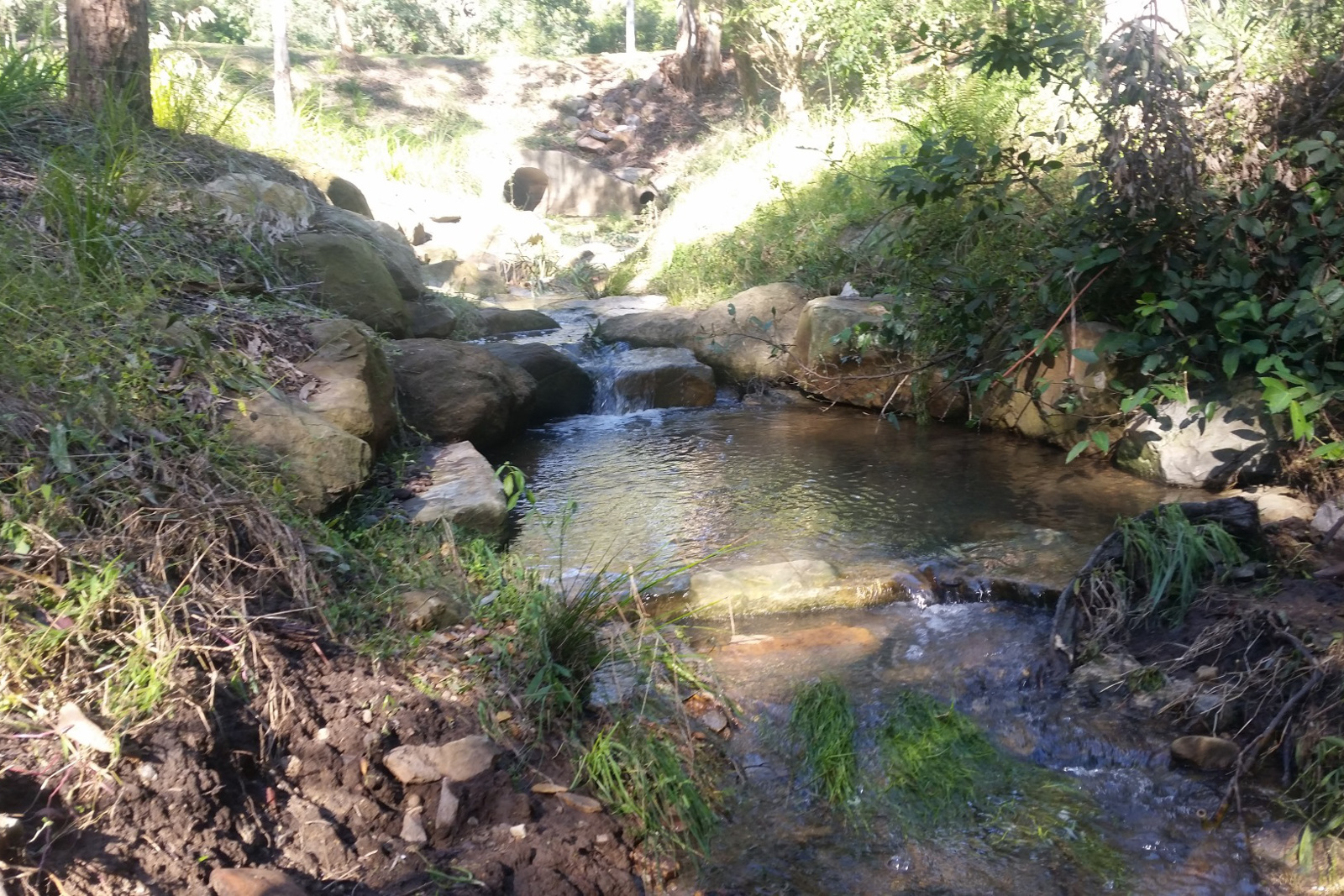I read with some amusement the letter by Mr Robert Kerr (Newcastle Herald 17 May 2016) informing us of a new exotic species invading our urban waterways, Shoppingtrollius gigantus.
I can assure Mr Kerr and your readers, that populations of this species can be found in almost every urban waterway at any given time across our nation from Hobart to Cairns, from Sydney to Perth. This species has become such a problem that national ‘departments’ have been created by our major supermarkets to deal with it – ‘Trolley Trakkers’ is just one.
The problem is that these organisations only deal with one aspect of the issue – that of retrieving abandoned trolleys when reported. Some of the supermarket chains don’t even provide this service!
As a former government employee in the environmental industry for over 25 years I have personal experience with the problem of Shoppingtrollius gigantus in our urban creeks. There is a solution to the problems in Scrubby Creek – what is required is a healthy dose of willingness, coordination and funding.
Lake Macquarie Council has the power to remove the trolleys from the creek and charge the owners a fee to collect them. The problem is that the owners simply ‘forget’ to collect them as it is cheaper to purchase new trolleys than pay the Council fees to collect the often old, broken or dirty trolleys.
The solution is simple however, it requires significant coordination, a medium to long term commitment including a five year plan and funding.
In the case of Scrubby Creek four things need to happen:
- Lake Macquarie Council as the primary landholder/manager of the creek must take a leadership role and bring all of the key players together to work co-operatively to fix the problem. This includes communicating with the owners of the trolleys, the store managers at Mount Hutton Shopping Plaza, Trolley Trakkers, NSW Housing responsible for tenancy in the Windale area, Councils own Regional Illegal Dumping (RID) squad, Rangers, Council’s Social Planner, CiviLake and assistance from the federally funded ‘Green Army’;
- Council needs to procure a targeted management plan for Scrubby Creek that is focussed on action and on-ground works to rehabilitate the creek for the long term. This plan needs to outline the actions that will be taken to clear the creek of shopping trolleys and strategies for keeping them out. The plan also needs to outline a staged works program to remove weeds and willow trees that are choking the creek, trapping sediment and causing flooding on neighbouring properties and roads;
- Creek rehabilitation in the form of structural works to restore the creek to a more natural flow need to follow the creek clean up. This work must be followed up by mass plantings of native trees and shrubs that once flourished along the banks of Scrubby Creek; and
- The work needs to be staged and progressive working from the top of the catchment downstream to ensure that removal of trolleys, sediment, debris and willows does not cause more problems. Issues of potential vandalism, ongoing rubbish dumping and abandoned shopping trolleys should be monitored closely using the resources available through the Council’s RID squad and Rangers in cooperation with NSW Housing and Council’s Social Planner.
Council has tried to initiate a Landcare group to help restore Scrubby Creek for several years and it hasn’t worked – the job here is way too large for a community group to handle and must seem overwhelming for local residents. This is likely to change however, once the creek is cleaned up and residents see that a real commitment is being made by Council and the other parties to restore the creek.
A greater sense of ownership of the creek is an outcome that will result from the restoration work and is certainly an aspiration that we should all aim for.
Lake Macquarie Council can do this! The evidence is there in the ongoing improvements to Lake Macquarie over the past 20 years. It is a great achievement.
The same willingness and energy that sparked the restoration effort in Lake Macquarie two decades ago is required again NOW to restore Scrubby Creek. This project, although challenging, could define how urban creeks are restored and managed for future generations.
An edited version of this blog appeared in the Newcastle Herald on Thursday 26 May 2016.
The image below shows rehabilitation works in Blue Wren Creek and demonstrates what Scrubby Creek could lo0k like after restoration and without shopping trolleys.

